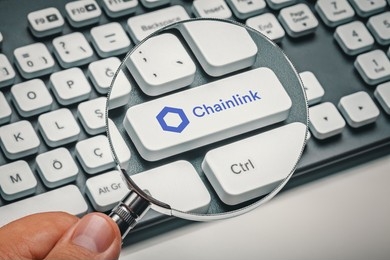Ethereum co-founder Vitalik Buterin has sparked discussion on how various layer-2 scaling solutions are classified, claiming that the blockchain’s validiums are not genuine rollup solutions.
On Jan. 16, Buterin agreed with a comment posted to X (formerly Twitter) by Daniel Wang, the founder of the Ethereum rollup solution Taiko, who said if an Ethereum rollup uses another data chain for data availability — such as the modular blockchain Celestia — then it’s an Ethereum validium.
“This is correct,” Buterin replied. “The core of being a rollup is the unconditional security guarantee: you can get your assets out even if everyone else colludes against you.”
“You can’t get that if data availability is dependent on an external system,” he added.
This is correct.
— vitalik.eth (@VitalikButerin) January 16, 2024
The core of being a rollup is the unconditional security guarantee: you can get your assets out even if everyone else colludes against you. Can't get that if DA is dependent on an external system.
But being a validium is a correct choice for many apps, and…
Validium is an Ethereum scaling solution using zero-knowledge proofs to enable off-chain transactions while relying on Ethereum’s mainnet for security and verification.
Unlike zero-knowledge rollups, which batch transactions on a layer-2 network and verify them on a layer 1 like Ethereum, validium networks do not post transaction data to an L1. Instead, validiums post cryptographic proof that transactions are valid, a setup that aims to achieve higher scalability as full transaction data doesn’t need to be stored on-chain.
However, validiums rely on operators to honestly post proofs and can have reduced data availability compared to rollups.
Networks like Celestia use a modular blockchain made up of data availability layers and validation layers — the latter using validiums to enable fast and private transactions.
In a Jan. 16 post on the decentralized social media Warpcast, Buterin shared a diagram proposing an adjustment to some of the terminologies, such as “security-favoring” and “scale-favoring” to “strong” vs. “light” to be “more succinct.”

Related: Polygon co-founder proposes zkEVM ‘validium’ upgrade to improve security
Not all agreed with Buterin’s proposals, including Ethereum community member Ryan Berckmans, who asserted that validiums are layer-2 networks.
“A layer-2 is a chain that settles on Ethereum,” he said. “I’ll die on this hill, and I’ll debate anyone who insists the DA [data availability] has to be on Ethereum for it to be an L2.”
“This is a new industry, we can define ‘L2’ to mean whatever we want,” he continued. “The maximally useful definition of L2 includes both rollups and validiums.”
Yes, but validiums are L2s.
— Ryan Berckmans ryanb.eth (@ryanberckmans) January 16, 2024
This is a new industry, we can define "L2" to mean whatever we want.
The maximally useful definition of L2 includes both rollups and validiums.
That's why L2Beat lists validiums today.
L2 = rollup or validium https://t.co/WwtkAV2sAE
Contrary to Berckmans’ claims, layer-2 industry analytics platform L2Beat argues that validiums are not L2s.
“Validiums and Optimiums are not L2s: by not publishing data on L1 they introduce additional trust assumptions on top of it.”
Magazine: ‘Account abstraction’ supercharges Ethereum wallets: Dummies guide











